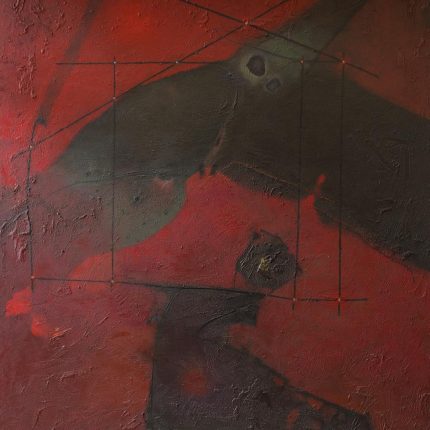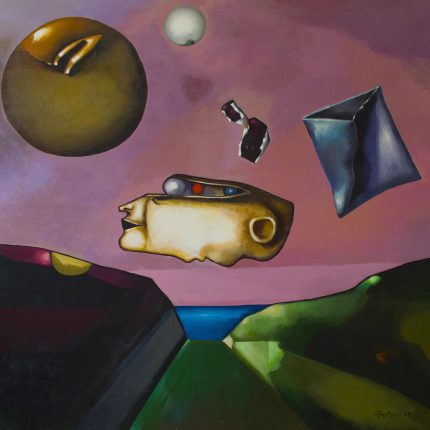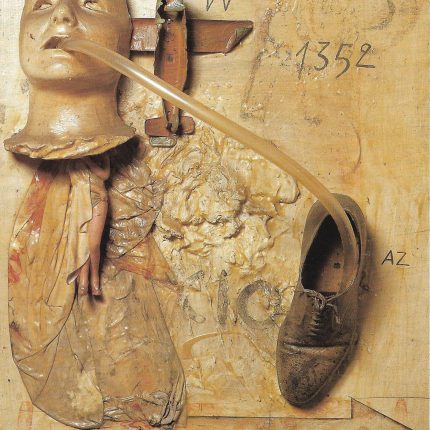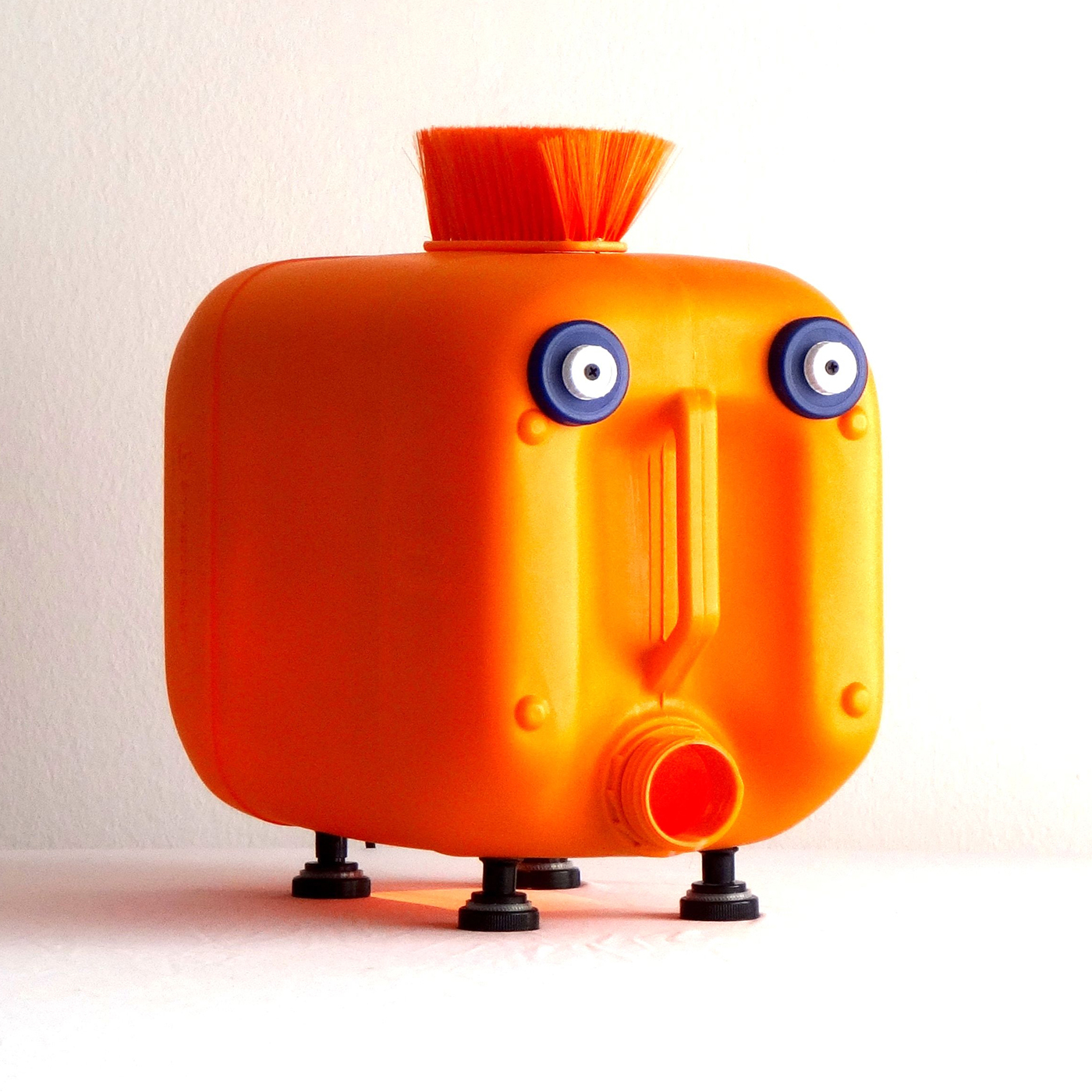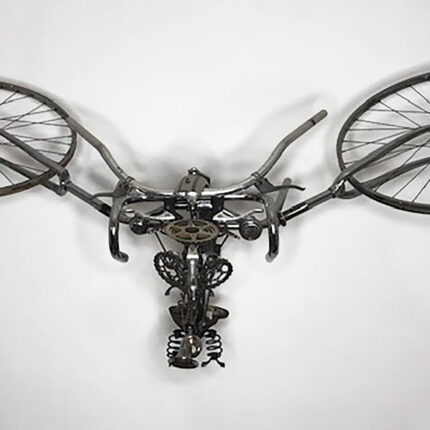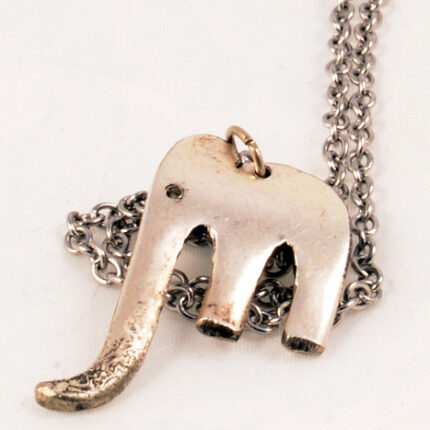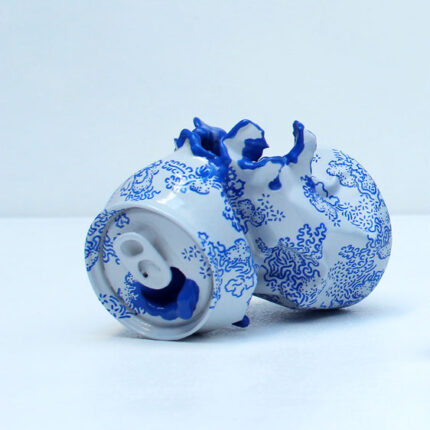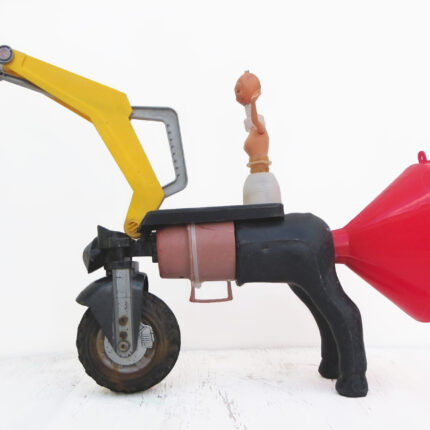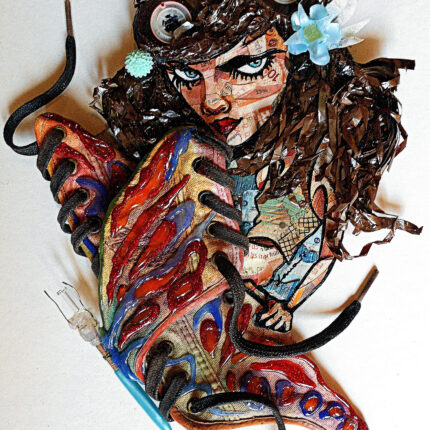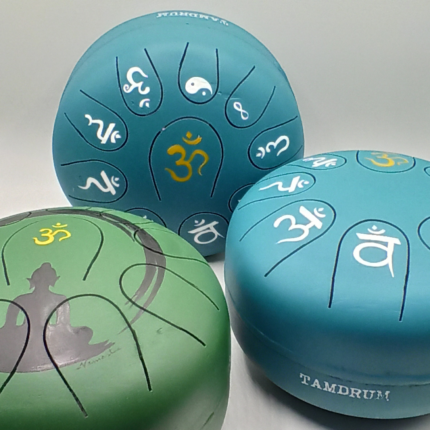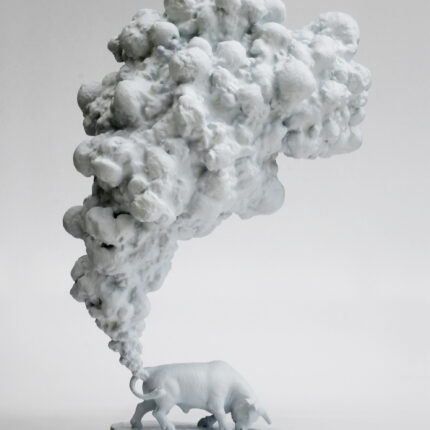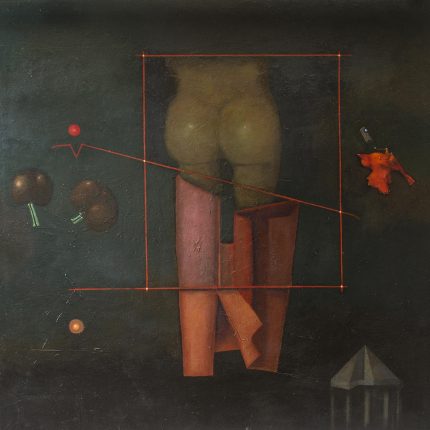Modest Cuixart
Barcelona, 1925 – Palafrugell 2007
Modest Cuixart grew up in a family of doctors and pharmacists, in a cultural environment. He began a career in medicine to follow the family tradition, although he abandoned it after two years to devote himself to painting, his true vocation. Together with his cousin Antoni Tàpies, he met Joan Brossa, Joan Ponç, the philosopher Arnau Puig and Joan Tharrats, with whom he founded the magazine Dau al Set in 1948. Thanks to a grant from the Institut Français he travelled with his cousin Antoni Tàpies to Paris in December 1950. There he met Picasso and Miró, attended the Sorbonne and became immersed in the “l’art autre” of Dubuffet and Fautrier. At the end of the 1950s he produced his celebrated drip paintings in metallic tones, which are part of his peculiar material informalism. Praised by the world’s most prestigious critics as a true renovator of informalism on an international scale, he won the most coveted prizes: the Gold Medal at the prestigious Swiss Prize for Abstract Painting and the Grand Prix for Painting at the V Biennial of São Paulo, against contenders such as his admired Francis Bacon, Alberto Burri, Karel Appel and Lucio Fontana.
It is a period in which his successes multiply, he takes part in the most important international events and exhibits in the main museums and galleries of many countries. Leading collectors from all over the world acquired his works. Praiseworthy articles by the best critics are published in prestigious international magazines such as Art Actuel International (Lausanne), Quadrum (Brussels), Arts Magazine (New York) and many others. André Bréton thought of him when he included a Spanish painter in the international surrealist exhibition E.R.O.S., which he organised in 1959 with Marcel Duchamp for the Daniel Cordier gallery.
In the early sixties he abandoned informalism, influenced by the thought of Bertold Brecht, and felt the impulse of what is human and of the object. After the dramatic Burnt Dolls (Nens sense nom), symbolising the innocent victims of violence, he began a highly original intellectualist phase, with organic, sinister and erotic features, with which he triumphed in New York, and in which he combined material informalism with ink graphics and soft colours.
The work selected for this year’s Drap Art image, Post-Salut (1963), is from this period. In the words of Raquel Medina, PhD in Art History, ACCA-AICA critic and independent curator:
“This work corresponds to a time when the artist considered that Informalism, which had brought him so much success, had become obsolete, and other concerns related to the problems related to humanity and the object burst into his work. These are the first pieces in which, through the incorporation of objects and fragments (dolls, aeroplanes, shoes…), he reflects and denounces the tragedy of the innocent victims of all wars; in fact, he recalls and exorcises one of his personal ghosts: the terrible bombings of Barcelona that he lived through at the age of 13”.


